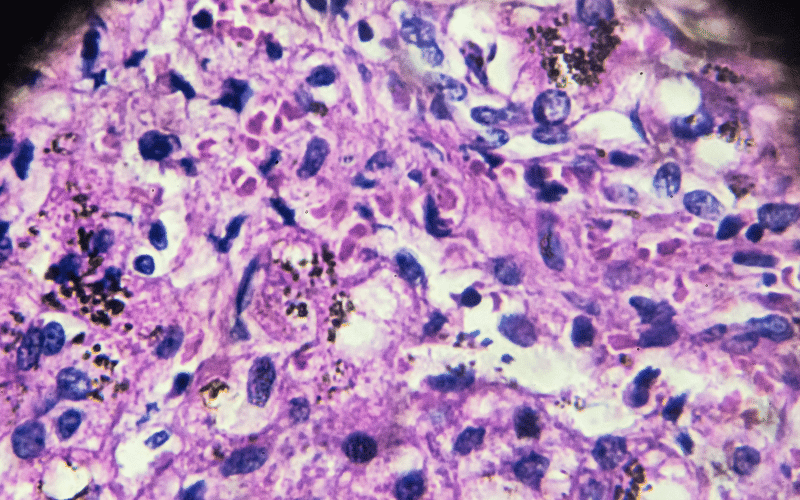Cause 4: Biliary Cirrhosis

Biliary Cirrhosis, primarily manifested in two forms – Primary Biliary Cirrhosis (PBC) and Secondary Biliary Cirrhosis – marks a complex challenge in liver health. PBC is an autoimmune condition that targets the small bile ducts in the liver, causing inflammation and damage. Secondary Biliary Cirrhosis, however, stems from prolonged blockages in the larger bile ducts, often due to conditions like gallstones or tumors.
The journey of Biliary Cirrhosis is marked by a slow progression of symptoms, ranging from fatigue and itchy skin to more severe complications as the disease advances. The damage to the bile ducts disrupts the normal flow of bile, a fluid crucial for digestion and elimination of toxins from the body. This disruption leads to an accumulation of bile in the liver, further damaging liver cells and leading to cirrhosis.
Addressing Biliary Cirrhosis requires a nuanced approach, tailored to the specific form of the disease. Medications play a vital role in managing PBC, while interventions to relieve bile duct obstructions are crucial in cases of Secondary Biliary Cirrhosis. Early diagnosis and management are key to slowing the progression of the disease and maintaining quality of life.
As we delve into the intricacies of Biliary Cirrhosis, its role in liver health becomes undeniably significant. It’s a condition that exemplifies the complexity of liver diseases, demanding a comprehensive approach to diagnosis and management. The path forward is clear – early intervention, effective management, and a relentless pursuit of improved outcomes for those affected by this challenging condition. (4)